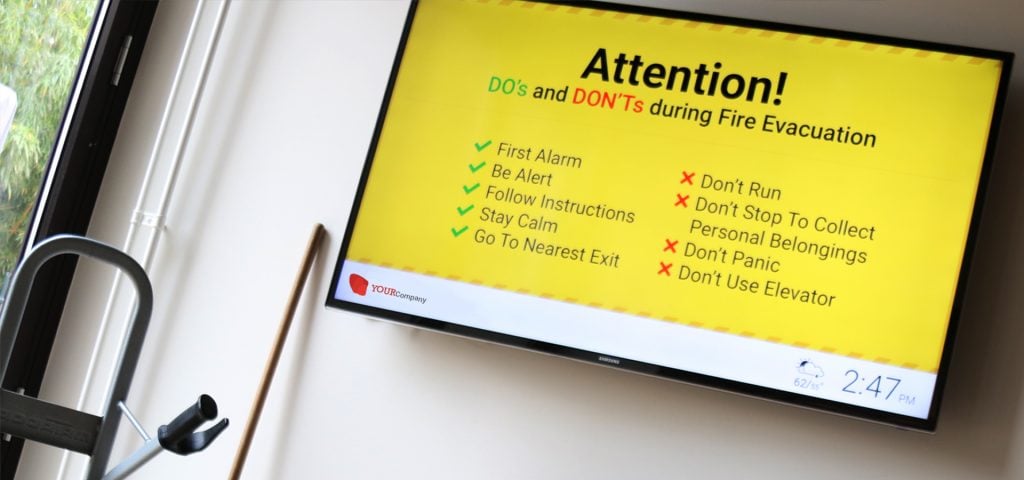Safety and health at work calls for resilience
Estimated reading time: 5 minutes
April 28th is World Day for Safety and Health at Work. This annual day was initiated by the International Labour Organization, a United Nations agency, to promote safe workplaces. This year’s edition is, of course, all about the corona pandemic. The ILO urges organizations to invest in resilient systems to better anticipate and respond in times of crisis. As an employer, you can also do your part.
Employers play an essential role in making the organization resilient and keeping the staff healthy and safe. There are, of course, plenty of laws and regulations to ensure a safe workplace for everyone. Just think of all the rules around fire prevention or requirements for protective clothing in certain professions. By complying with these regulations, you ensure that you meet the minimum requirements to keep employees safe. But is that still enough?
Create a culture of safety
Employers need to create a culture of safety. After all, you can put up a fire extinguisher, offer an ergonomic office chair, or advise people to wear face masks all you like, but that won’t be helpful if the tools are used incorrectly or rules are not followed properly. Moreover, rules and regulations change, especially during a crisis. Constantly repeating safety tips is the best way to make the information stick with employees and improve people’s daily behavior.

If information is not repeated often enough, people gradually forget what they have learned. Instead of organizing an annual training to inform everyone about the current rules and regulations, it is better to remind employees how to work safely throughout the year. This approach makes it easier to absorb all the information, ensures that the info sticks, and allows new rules, knowledge, and insights to be incorporated at any given time.
The American medical center VCU Health uses Netpresenter to inform, instruct and alert over 8,000 employees at various locations. Through interactive screensavers, VCU can reach everyone, including medical staff without direct access to a computer. Broadcasting positive stories about safety initiatives and prevention, as well as urgent announcements in case of an emergency, contributes to a safer work environment.
The new way of working means new challenges
The VCU case is a classic example of how workplace safety can be improved through internal communication. But the ILO warns that the pandemic has permanently changed the way we work, and the new way of working also brings new risks, such as the psychosocial effects of working from home frequently.
Working from home brings extra work pressure. Combined with the overall uncertainty and stress of the pandemic, working remotely resulted in a massive increase in burnouts last year. Burnouts can have far-reaching consequences, including heart disease, obesity, high blood pressure, anxiety, depression, and a weakened immune system. Then again, returning to the office increases the chance of getting infected.
Safety and health at work’ presents a bigger and more complex challenge this year than ever before for both employees and employers. In any case, to really create a culture of safety, we need to go above and beyond. Merely complying with laws and regulations, or even actively promoting safe work, is not enough.

Employees must take care of themselves and each other, and employers can support them in this. For example, organizations can encourage employees to use breaks to relax, and remind them that it is totally okay to take time off. After all, those days off are not just for going on vacation (abroad), but to unwind and recover from stress. It is reassuring to know the employer is actively encouraging relaxation, relieving stress immediately.
Showing resilience
It is with good reason that the ILO is promoting resilience. A crisis like the current pandemic puts everyone to the test: workers, organizations, and entire governments. It is in everyone’s interest that they can anticipate and respond to the ever-changing challenges and the added stress that everyone experiences differently. The ILO recommends creating an emergency plan and a risk analysis, among other things, as measures to enhance an organization’s resilience. Within organizations, internal communication plays a key role in increasing resilience. Because in the end, we can only get through this crisis together.
Want to know how to make your organization safer and more resilient? Contact our consultants. They will be happy to tell you more about it. Or download our free infographic with 10 tips for workplace safety communication.

